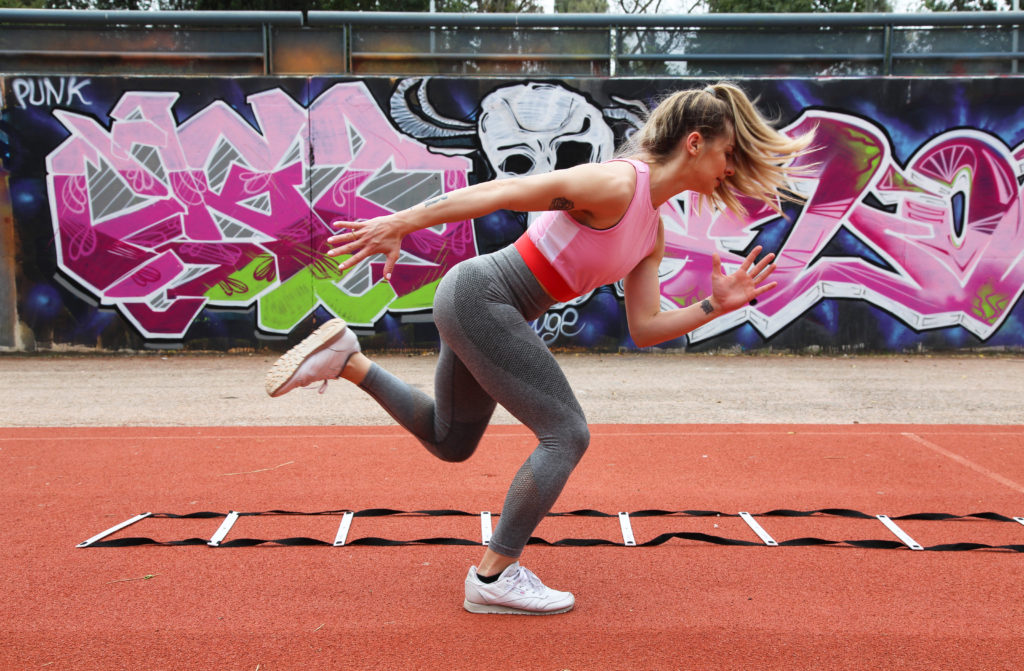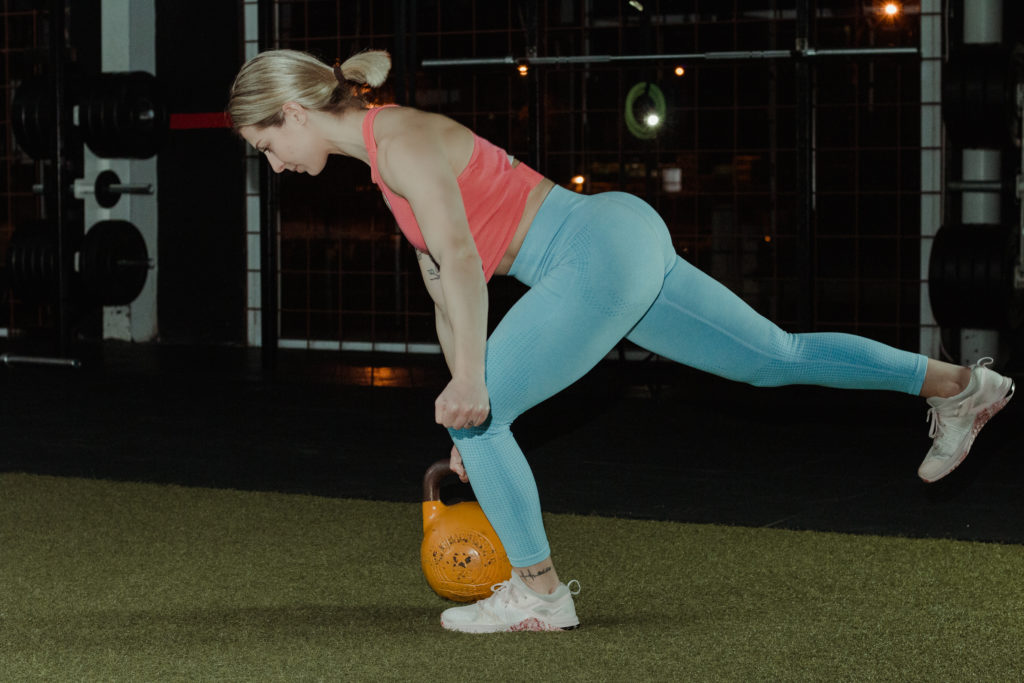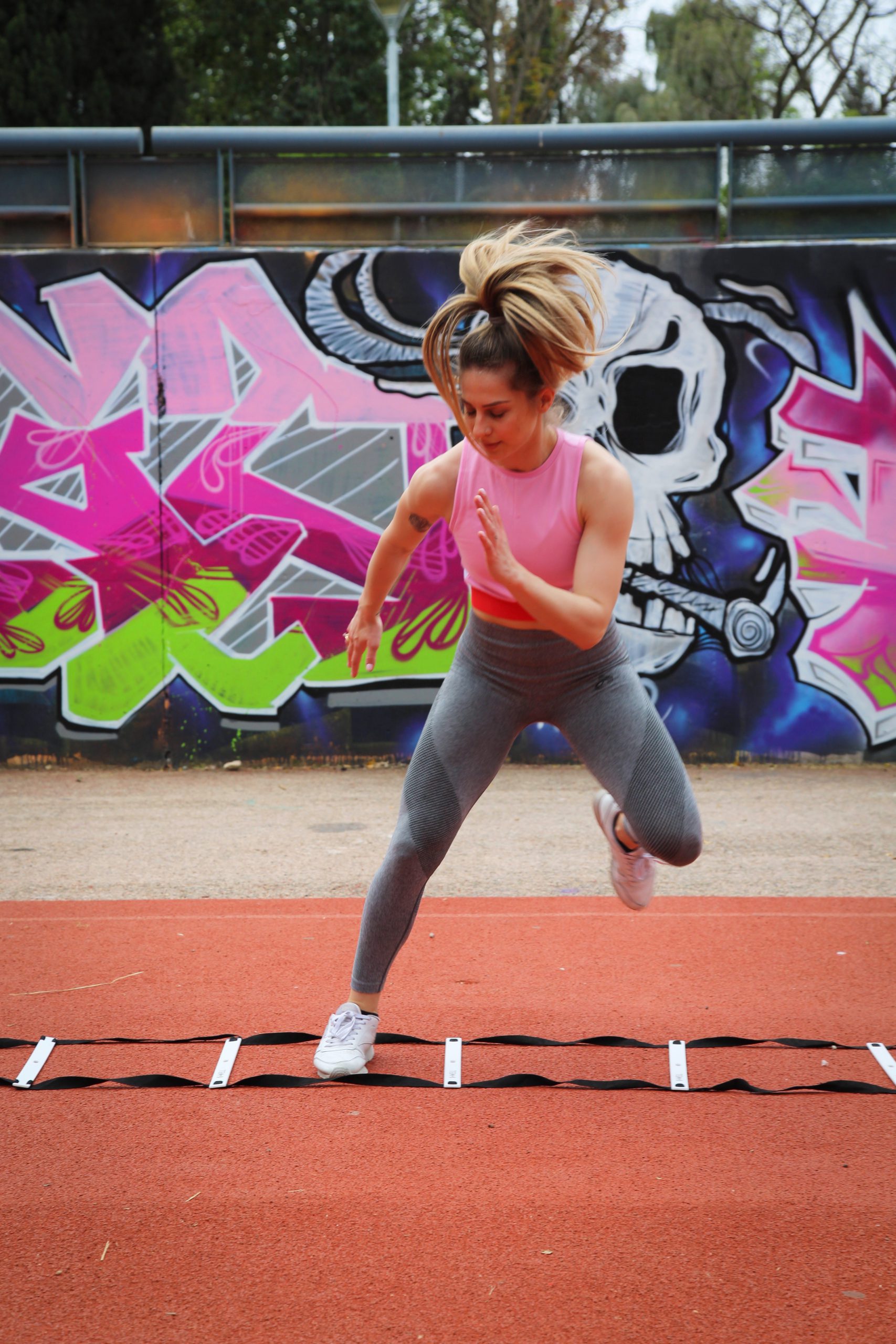My goal is to create the most effective, efficient training programs possible, so I regularly experiment with new ideas, exercises, and concepts that I either invent or borrow from other fitness professionals. If your aim is to train in a safe and efficient manner, then have a look on some of the key elements and “philosophies” that underpin my programs:

- Proper Warm Up
Never forget to properly warm up before starting any training program. The emphasis of my warm up will depend on the main focus of my training. For example, if I am focusing on heavy squats, I will make sure to spend more time on “preparing” my hips, ankles, and spine. However, I like to mobilize most of the joints during the warm up in every training, including the shoulders and neck. Some exercises I love doing in my warm ups are the cat/camels, hip rotations, downdogs, 90/90 switches and spiderman lunges. I also love incorporating some core “activation drills”, mainly done with a band, such as lateral band walks, monster walks, deadbugs and birddogs. Sometimes I also use ladder drills or some type of cardio such as run, row or bike to increase my heart rate.
https://vaiastrengthlab.com/blog/51-exercises-you-should-add-in-your-warm-ups/
https://www.youtube.com/watch?v=mNkPdWxwR94
2. Train your legs as much as possible!
I would not recommend training the legs once a week as many bodybuilders do. I love to train my legs almost every day but in different ways in order to allow sufficient recovery. For example, I can focus on main lifts such as squats and deadlifts one day and the following day I will incorporate less demanding exercises, such as kickbacks, mini band high repetition exercises or even go for a run. I also incorporate both hip dominant exercises such as hinges, hip thrusts and kettlebell swings, to name a few, and knee dominant exercises, such as squats or lunges. Don’t forget to train your backsides, as poor posterior chain development can lead to sub optimal performance and create muscle imbalances between the front and the back of the body.
3. Try to use free weights while unsupported!
Free weights, especially dumbbells, not only improve strength but also help promote muscle balance and increase range of motion simply by their unstable nature. Try to perform the majority of your exercises while standing instead of lying on a bench or supporting yourself.
4. Add some explosive work!
I love using kettlebells and Olympic weightlifting style exercises, such as the clean or snatch. While these are highly technical lifts that require an abundance of practice and proper coaching, there are simpler, highly effective variations of these lifts that still provide many benefits. These exercises are primarily total body exercises that require a lot of energy. This can result in greater fitness levels, increased caloric expenditure, and improved total body strength and power development, all of which can play a vital role in your training goals.
5. Unilateral training!
Stop training always bilaterally. Most training programs are focused on bilateral training, which can often result in the dominant limb negotiating more workload than you would think. Including unilateral single limb exercises in your training you not only decrease any imbalances but also you add a level of instability which brings stabilizer muscles into play. By training unilaterally, we can detect and address existing weaknesses and improve them. Also read my article https://vaiastrengthlab.com/blog/unilateral-training-is-it-beneficial/

6. Push and Pull
Most guys want to grow a bigger chest, thus doing as many pushing exercises as possible, neglecting the pulling aspect of training. This can lead to imbalances between opposite muscle groups which can therefore lead to injuries (agonists-antagonists).
7. The core!
Stop doing a thousand of crunches. In your everyday life you have to twist, bend, reach and lift. Train your core rotationally and on multiple planes. I love to incorporate medicine ball exercises which I find great for developing strength and power. Read more here https://vaiastrengthlab.com/blog/51-core-exercises-you-should-add-to-your-programming/
8. Mobility versus flexibility!
Stop spending your whole time on flexibility and stretching and focus on your functional mobility, instead. Mobility refers to the amount of usable motion that one possesses across a particular joint. The more mobile a person is, the more they are able to maximize their movement potential safely, efficiently, and effectively. Try to develop the range of motion in your joints, including ankles, hips, shoulders, wrists and spine. A great system of mobility and joint control training, known as FRC (Functional Range Conditioning), based on scientific principals and research, is a great tool to achieve that. Visit https://functionalanatomyseminars.com/ to learn more.
9. Animal movements!
Incorporate some animal movements or primitive patters, such as crawling, in your training or as part of your warm ups. It is a shame to lose the ability to do what your bodies were designed to do in the first place.
10. Variety!
I love adding variety to my training. I like to explore different exercises, through different range of motion, different reps and different equipment. That doesn’t mean that you should try every fancy exercise you can imagine. It means allowing your body to adopt to a different stimulus. For example, one day I will perform bilateral deadlifts, the other day I will perform single leg deadlifts. One day I will use a band, the other day switch to a kettlebell. Stick to the basis and try to improve your movement and training, always keeping those basics in mind!
11. Rest!
If you take your training seriously you should also take your recovery seriously! Some of our clients think that they are going fine by getting only 4-5 hours of sleep per night, but they don’t realize what zombies they are until they actually get enough restful shut-eye. You need 7 or 8 hours of sleep so that your body can recover and regenerate. Your age, what you do when you are awake, and your genes will determine exactly how much sleep you need. Read more about sleep and performance here https://vaiastrengthlab.com/blog/sleep-performance/
Daily advice: Never sacrifice form and technique for a heavy lift! If you want to stay pain free you should always move with intention!
